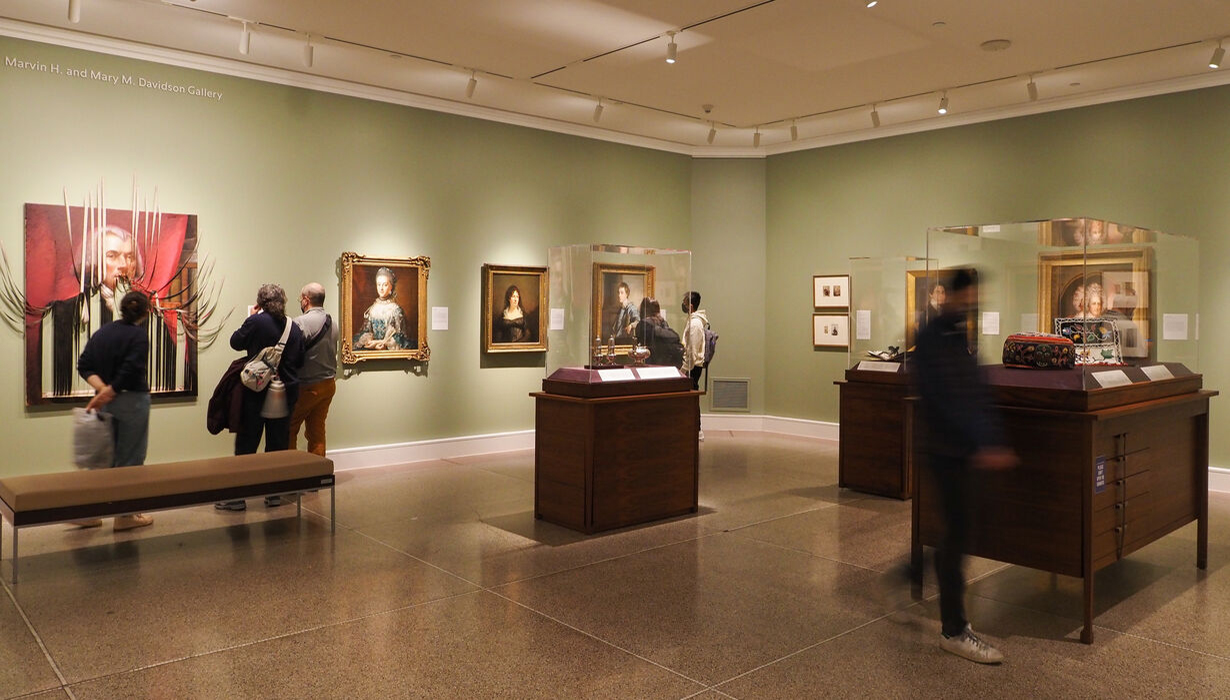
Unsettling Histories: Legacies of Slavery and Colonialism
Unsettling Histories rejects the simple narratives of our collection’s past and forces us to examine whose history we prioritize and why.
Organized as a response to the Museum’s 2019 acquisition of Titus Kaphar’s Flay (James Madison), this reinstallation of one of our most prominent gallery spaces forces us to grapple with our collection of European and American art, 1650-1850.
In recent times, growing public awareness of the continued reverberations of the legacy of slavery and colonization has challenged museums to examine the uncomfortable histories contained in our collections, and challenged the public to probe the choices we make about those stories. Choices about which artists you see in our galleries, choices about what relevant facts we share about the works, and choices about what – out of an infinite number of options – we don’t say about them.
Pieces in this exhibition were made at a time when the world came to be shaped by the ideologies of colonial expansion and Western domination. And yet, that history and the stories of those marginalized do not readily appear in the still lives and portraits on display here. By grappling with what is visible and what remains hidden, we are forced to examine whose stories and histories are prioritized and why.
In the Museum gallery, you can experience the changes we’re making to the physical space to highlight a more honest version of European and American history.
By challenging our own practice, and continuing to add to what we know and what we write about the works we display, UMMA tells a more complex and more complete story of this nation – one that unsettles, and fails to settle for, simple narratives.
Invisible things are not necessarily ‘not there’.... Certain absences are so stressed, so ornate, so planned, they call attention to themselves; arrest us with intentionality and purpose, like neighborhoods that are defined by the population held away from them
Featured Object
FLAY (JAMES MADISON)
Through the acts of shredding, cutting, shrouding, tarring, erasing, breaking and nailing, the Kalamazoo-born artist Titus Kaphar sheds light on unspoken truths in our country’s history, examining how histories have been rewritten, distorted, reimagined, and understood.
Flay (James Madison), is one of several portraits in a series where Kaphar scrutinizes the Founding Fathers of the United States. As national figures, the Founding Fathers are revered as great men who fought against the tyranny of British rule and achieved liberty for the colonies. The complications of their story comes from the fact that many of these men simultaneously participated in the trans-Atlantic slave trade. This “flayed” portrait of Madison features fringes of cut canvas hung with nails, clearly revealing/unveiling his lesser widely known role as an owner of more than 300 enslaved individuals. For Unsettling Histories, this work will serve as the centerpiece of our reinstalled gallery.
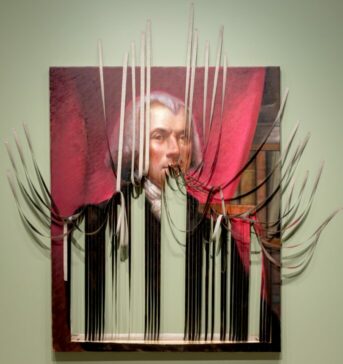
All depiction is fiction, it’s only a matter of degree.
UPDATED OBJECT LABELS
As part of the Unsettling Histories reinstallation, UMMA is taking a critical look at the labels for the works on display in this exhibition and in the Museum’s online collection database. Objects exhibited on this page, and in the physical gallery, have received label edits and updates to present their subjects, artists, and time periods in a more complex and honest light. In most cases, this is the first time UMMA has updated these labels in a decade or longer.
A NOTE ABOUT TYPEFACE
Inside the gallery, this exhibition uses an open-source typeface created by Kaphar and the poet, Reginald Dwayne Betts, in collaboration with Forest Young and Jeremy Mickel of MCKL for the Redaction project. The Redaction project, exhibited at MoMa PS1, sought to look at the injustices and abuses within the U.S. criminal justice system. Knowing that our present criminal justice system is rooted in the legacies of chattel slavery, we see the use of this typeface as a continuation of how our country’s dark legacy reverberates today.
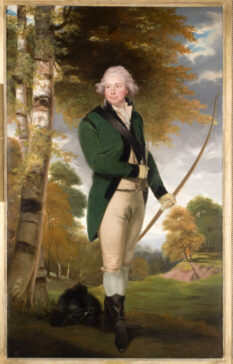
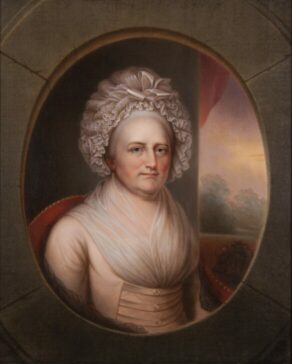

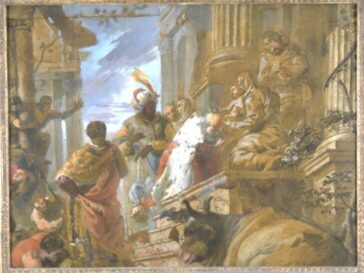

ADDITIONAL MEDIA
You can explore related content and media below.
SUPPORT
Lead support for Unsettling Histories is provided by the University of Michigan Office of the Provost and Arts Initiative and the Susan and Richard Gutow Endowed Fund.
